For a film that was supposed to serve as the capstone on a 42-year-old franchise, Star Wars: The Rise of Skywalker seems increasingly unfinished.
It has been almost three months since The Rise of Skywalker hit cinemas, and there is a sense that the story is still being told. Not just the behind-the-scenes story about how The Rise of Skywalker became the movie that it was and accounts of the alternate versions that might possibly have existed, but the actual narrative of the 141-minute movie that was released in cinemas.
Since the release of the film, fans have been filling narrative lacunas by reference to supplementary material. There is a sense in which The Rise of Skywalker is a literally incomplete movie, in that there are key details from the film that have been excised from the theatrical cut and have had to be reconstructed from novelizations, production histories, and even visual dictionaries.
To be fair, the Star Wars universe is so vast that it practically invites supplementary material. It is designed to have negative space that can be filled by fans’ imaginations or licensed tie-ins. Every background character in Mos Eisley in the original Star Wars and every bounty hunter on the bridge of the Executor in The Empire Strikes Back has a name and an origin. These gaps are fun to fill.
However, the plot and character details that have come to light after the release of The Rise of Skywalker are not idle trivia. They are fundamental parts of the story, necessary in order to properly understand character motivations and relationships. These details don’t enrich the story; they make the story. The Rise of Skywalker is more incoherent for their absence.
The earliest high-profile character detail to be gleaned from the supplementary material concerned Lando Calrissian (Billy Dee Williams). Lando was essential to the plot of The Rise of Skywalker. He was the old trilogy character reintroduced in the film, first helping the heroes on Pasaana and subsequently leading the (metaphorical) cavalry charge at the climax.
The Rise of Skywalker treats the return of Lando as a big deal and justifiably so. The film consciously inflates his importance. He is able to rally the galaxy when General Leia Organa (Carrie Fisher) was unable to do so. He even leapfrogs over Poe Dameron (Oscar Isaac) to evacuate the (literal) cavalry charge from the surface of the Star Destroyer.
However, The Rise of Skywalker denies Lando any real characterization or development, which is a massive shame. Lando has always been one of the most interesting characters in the Star Wars universe because he was the most complex, introduced as a charming and compromised figure in The Empire Strikes Back, an actual devilish rogue in contrast to the heroic Han Solo (Harrison Ford).
As presented in The Rise of Skywalker, Lando is a cartoon version of the character from the original trilogy. His closing scene appears to have Lando hit on freed slave trooper Jannah (Naomi Ackie), offering to take her on a wild adventure. It is an awkward scene, given that Williams is 82 and Ackie is 27. Watching the exchange, it is clear that Jannah is young enough to be Lando’s granddaughter.
This is fitting, given that supplemental material would reveal that Jannah is Lando’s daughter. Mere days after the film opened, The Rise of Skywalker The Visual Dictionary revealed Lando’s tragic backstory for the film. His daughter was taken from him by the First Order, and Lando had dedicated himself to finding her and bringing her home. In reconnecting with Jannah, he did just that.

This is a great character beat for Lando. Lando was always a low-key counterpart to Han, a version of the character who is not naturally heroic and is not so central to the Star Wars myth. Han lost his son to the First Order when Ben Solo (Adam Driver) became Kylo Ren, one of the First Order’s key military leaders. It makes sense Lando would lose his child in a less grand and mythic way.
However, removing all of that motivation and backstory from the film strips Lando’s presence of any dramatic weight beyond empty nostalgia. So, when Lando sidles up to a lonely, beautiful woman at a party and flashes her that winning Billy Dee Williams smile, it can only be read as a charm offensive. It feels creepily like the film is asserting that Lando “still has it,” that he is as virile as ever.
It is strange that so many of these narrative lacunas created during the editing process are designed to emphasize the virility of the older men in the cast. The Rise of Skywalker has gained considerably internet infamy for the emphasis that it places on the sex life of Sheev Palpatine (Ian McDiarmid). To be vulgar, the film puts a lot of weight on the fact that “Palpatine fucks.”
The Star Wars franchise has an interesting attitude towards sex, but that’s a matter for another column. (Let us know in the comments if you want to read it.) Still, the revelation that Rey is Palpatine’s granddaughter forced fans to grapple with the mental image of the Emperor producing an heir. This was arguably as disturbing a thought as Star Wars has ever forced upon its audience.
Fans debated whether that happened before or after his battle with Mace Windu (Samuel L. Jackson) in Revenge of the Sith. The revelation conflicted with a lot of his characterization, from the obvious (and complicated) homoerotic subtext of his relationship with Anakin (Hayden Christensen) to his interest in the asexual reproduction practiced by Darth Plagueis the Wise.

The novelization of The Rise of Skywalker belatedly puts a lot of these questions and contradictions to bed, revealing that Rey’s father was actually a defective clone of Palpatine. While this does avoid getting actively engaged with the character’s sex life, it just raises more questions. Unlike the relatively logical revelations about Lando’s backstory, this revelation makes absolutely no sense.
Who is Rey’s mother? Why doesn’t the character in the flashbacks look like Ian McDiarmid? Why would somebody who knew Rey’s identity sell her into slavery? What happened to the failed clone after he fathered Rey? Less seriously, but more unsettlingly, is contemplating the sex life of a defective clone of Palpatine better or worse than contemplating the sex life of Palpatine himself?
Novelizations of franchise films often have to fill gaps that the film itself has no time or interest in exploring. Greg Cox’s novelization of The Dark Knight Rises revealed the fate of the Joker after The Dark Knight. Gene Roddenberry’s novelization of Star Trek: The Motion Picture expanded on the author’s utopian vision of “new humans” and featured an unsettling preoccupation on Kirk’s sex life.
It is rare that a novelization has to explain the mechanics of the movie’s central conceit. The most obvious example that comes to mind is the novelization of Jaws: The Revenge, the final film in the Jaws franchise, in which the shark from the first film avenges itself on the people who killed it. (Yes.) The novelization had to explain how the shark came back from the dead. It settled on voodoo.
Even ignoring the variable quality of these fixes, it is a damning indictment that these core character and plot beats need to be patched up in supplementary materials released in the days and months after The Rise of Skywalker was released in cinemas. It recalls the infamous post-release update of Cats to offer “improved visual effects,” but for story and character rather than CGI.

Cats has rightly been criticized for releasing what amounted to an incomplete version of the film in theatres, issuing the cinematic equivalent of a “day-one patch.” However, there is a sense in which this was not the fault of the VFX artists, but of disastrous mismanagement. Hooper was working on the film up to 36 hours before it premiered, and Universal declined to shift the release date.
The situation with The Rise of Skywalker is much worse. All of these elements that supplementary material have added back into The Rise of Skywalker were actively removed from the film that was released. It isn’t that nobody had time to fill these gaps; it’s that a proactive choice was made to create these gaps at some stage during the development process.
The Rise of Skywalker was not a cheap film, with estimates suggesting a budget between $250M and $300M. The Rise of Skywalker was also the work of talented creators, with writer Chris Terrio having won an Oscar for his screenplay for Argo and J.J. Abrams singled out before release by Metacritic as a director “without a single bad movie.” There was a lot invested in The Rise of Skywalker.
This makes the carelessness of the movie’s release all the more frustrating, a narrative so broken that it continues to be patched at a point where the film is still showing in over 200 cinemas in the United States.

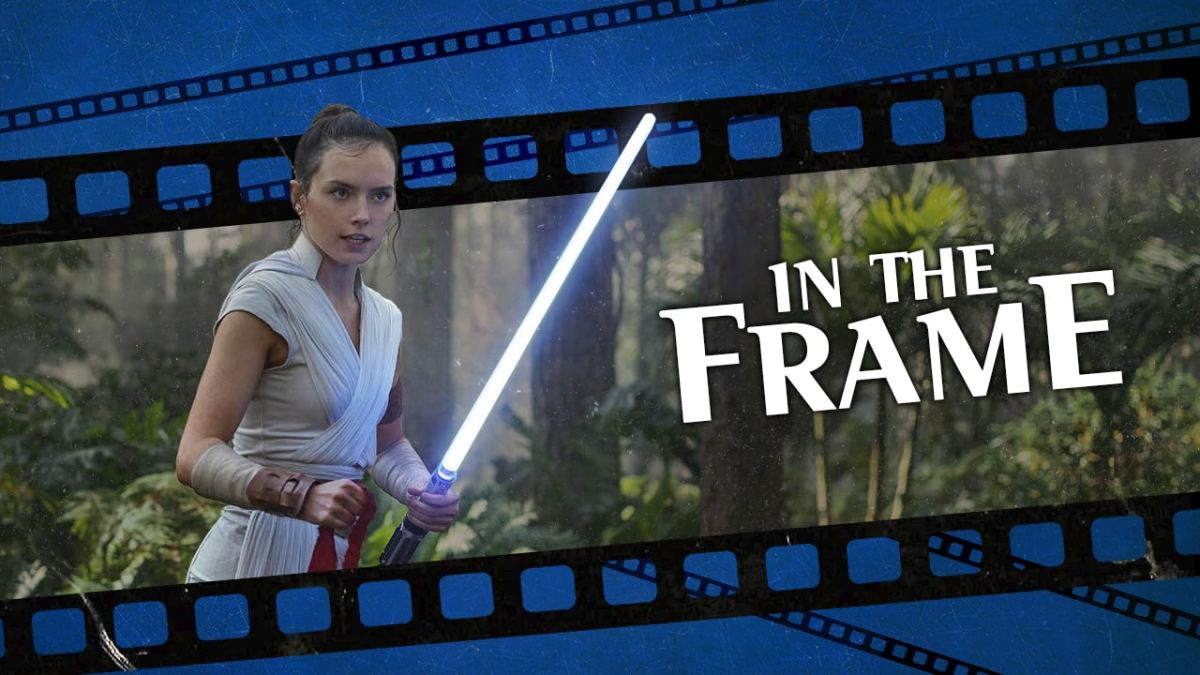




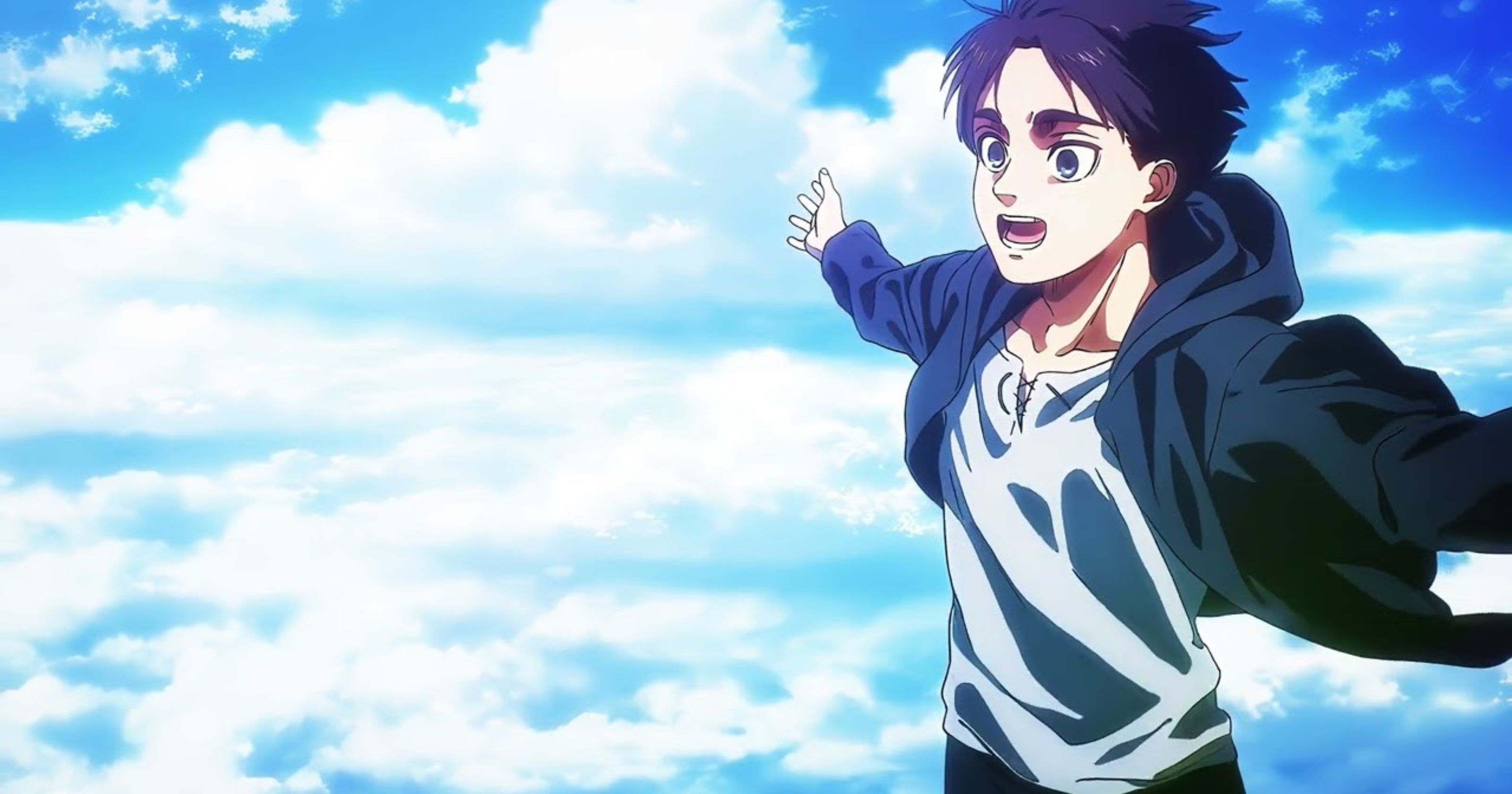
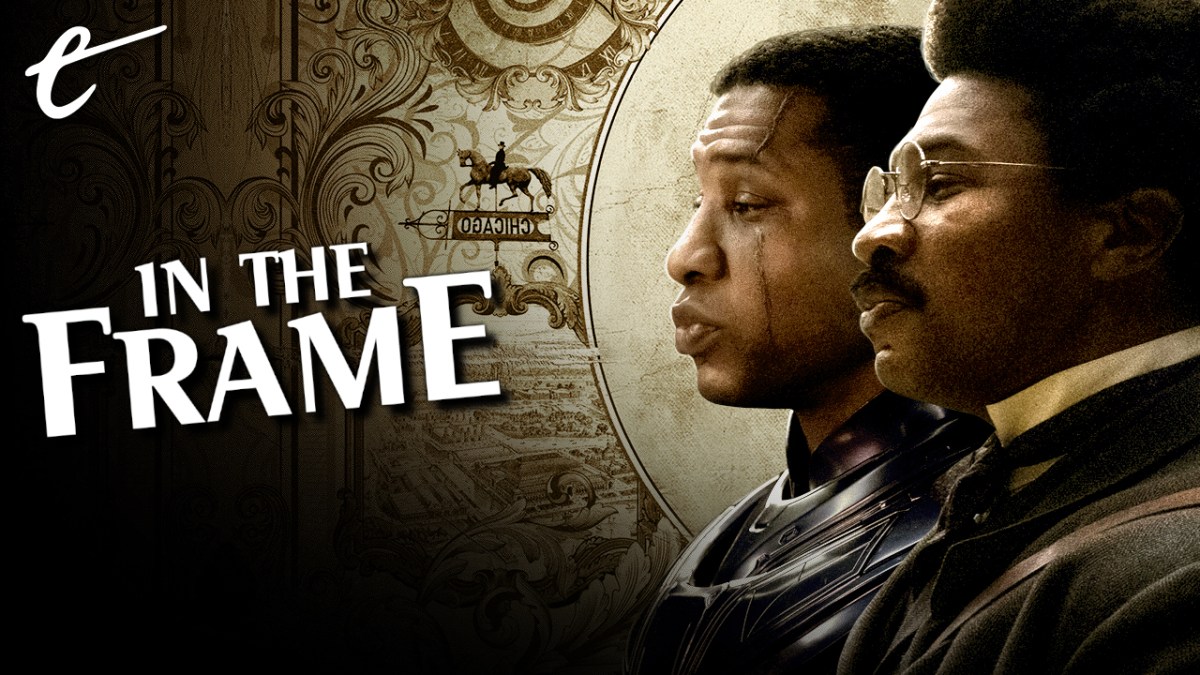

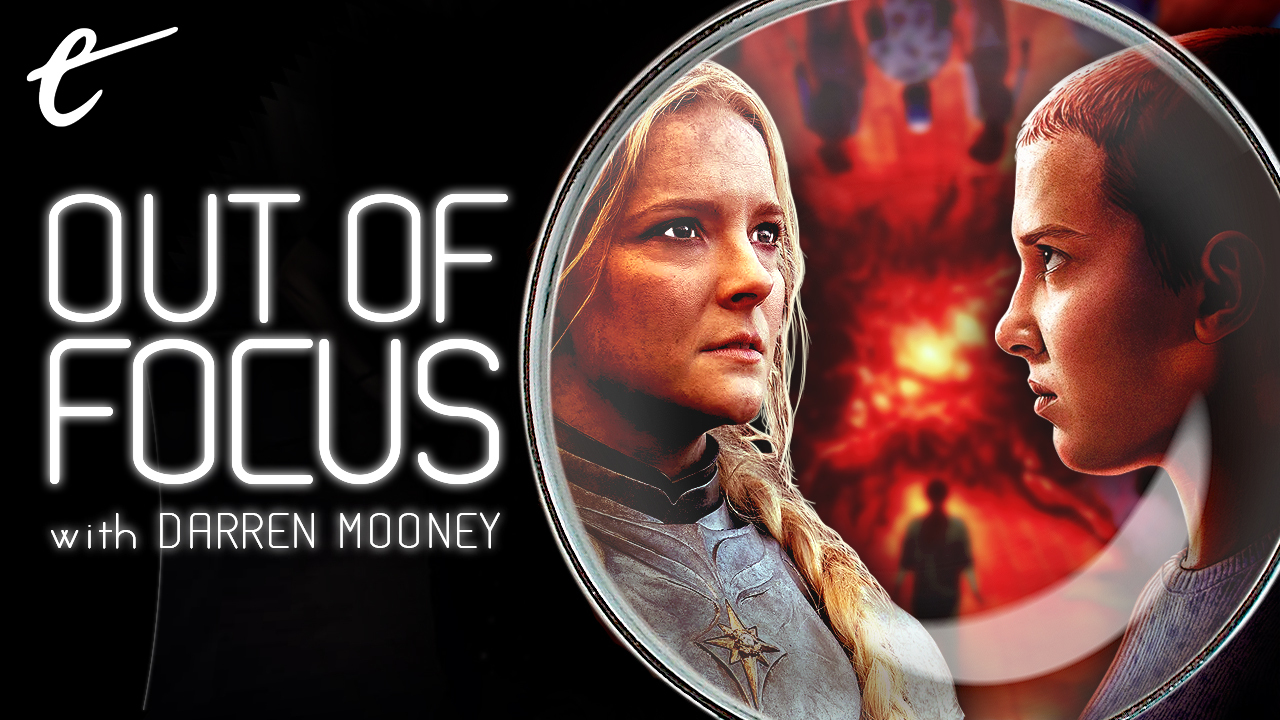
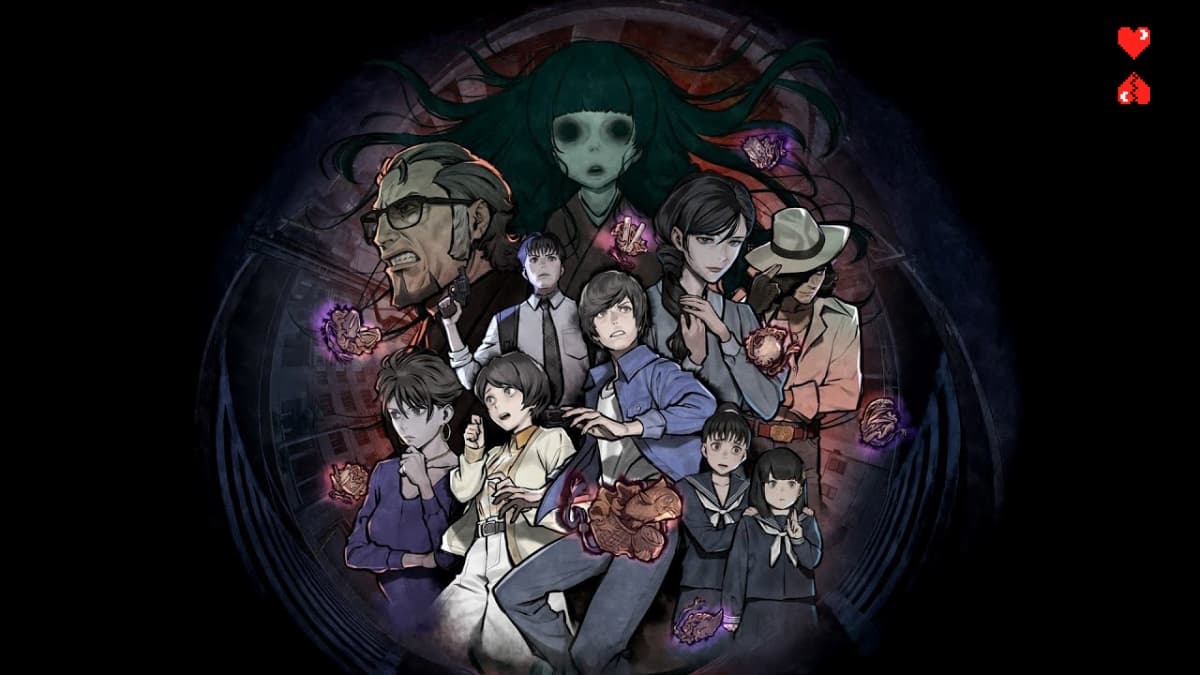
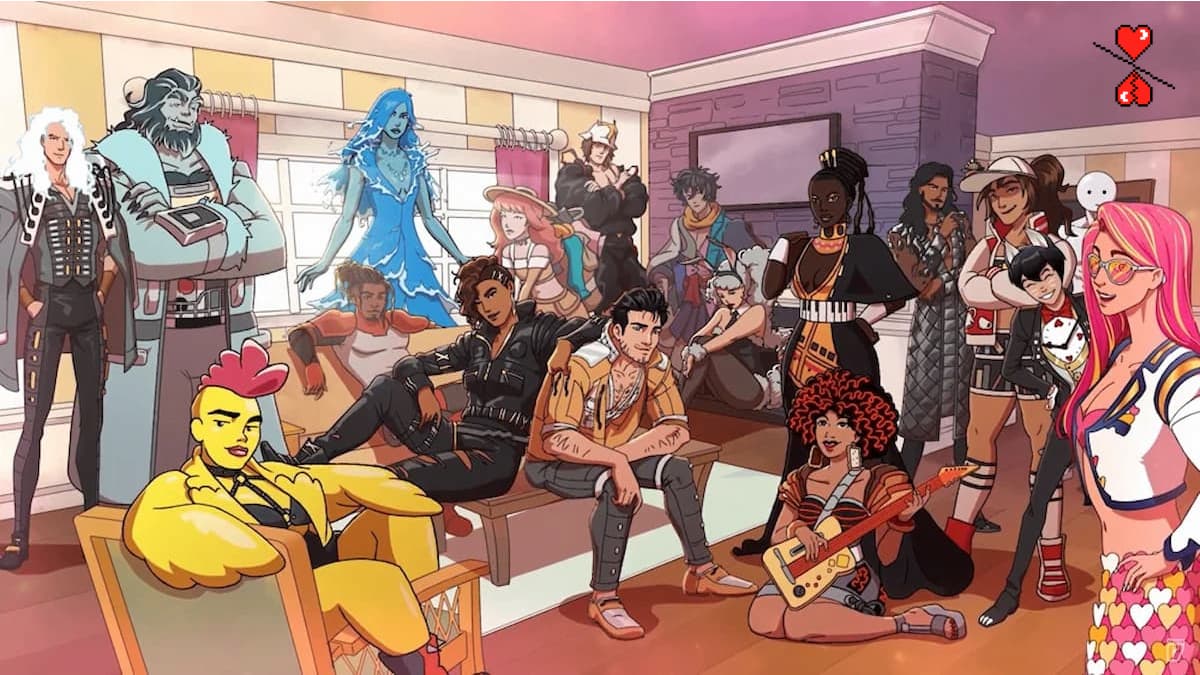


Published: Mar 13, 2020 3:00 PM UTC